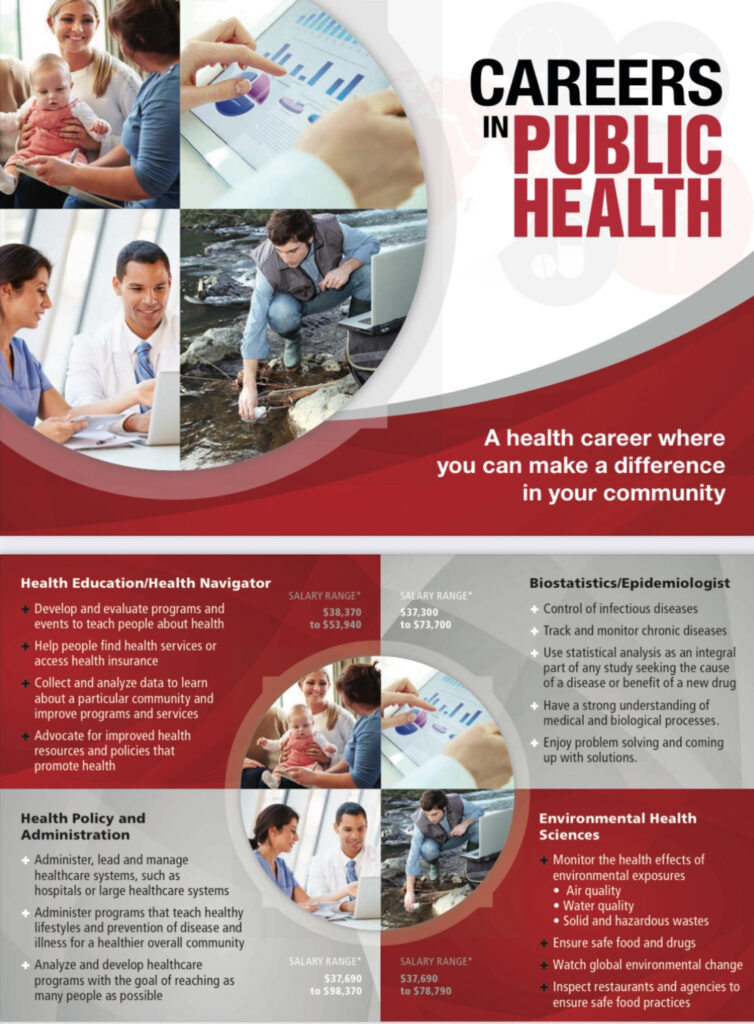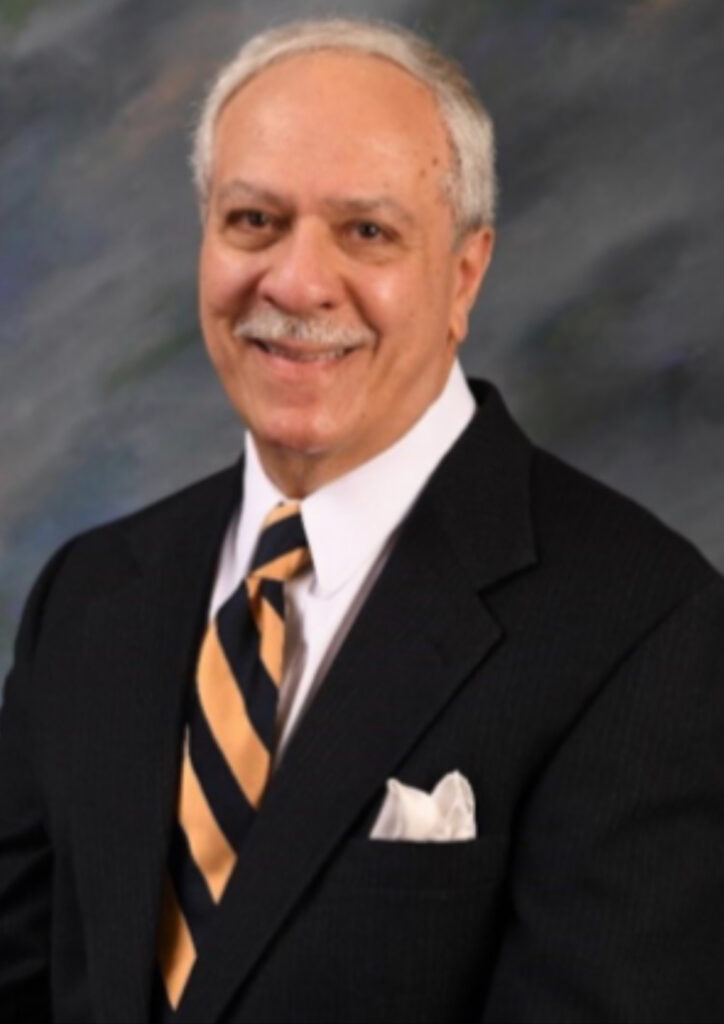What Is Public Health?
Students enrolled in Sinclair’s Public Health program learn how to be the Sherlock Holmes of health by investigating the causative relationship between humans and disease in large populations. Local public health professionals deal with hundreds, thousands, even hundreds of thousands of people when determining the outbreak of a disease. In contrast, the medical practice examines and treats one patient at a time. Public health essentially focuses on investigating and then designing a proactive and ongoing health intervention, e.g. mass vaccinations and education to eradicate or minimize future outbreaks.
How Does Public Health Work?
While the COVID pandemic has certainly highlighted the importance of public health and its practitioners, there have always been preventative health initiatives in place, especially during the last one hundred years when public health emerged with its own identity as a function apart from conventional medical care which traditionally focuses on treating rather than preventing a disease. Examples of current preventative health measures in the public health domain include smoking cessation education, maternal and child health, nutritional awareness, and fluoridation of drinking water. Over the past few years, a very important focus on mental health has been added to the public health awareness spectrum. In fact, public health singularly has increased life expectancy by thirty years since the early 1900’s!
How exactly does public health work to identify and solve a problem? When a problem is brought to the attention of the public health department, the alert may come from multiple incidents arising from individual reports of say a food-borne illness or from a sudden influx of emergency department and hospital admissions. We have all seen on the news reports of E-coli or Listeria outbreaks traced to food on a national level. Once the cause of the outbreak is identified, massive notifications are sent out to the public as well as any companies dealing with that product.

Public Health in Action
With the above scenario in mind, let’s now picture how a Sinclair graduate from the Public Health program would become involved. In the example of a food-borne illness, contact tracing by our Sinclair grad would be one of the important functions and would help to determine the origin of the contaminated food. Next, “shoe leather” epidemiology may be called for wherein our Sinclair-trained public health professional may need to actually drive or walk through neighborhoods or business districts which had a major concentration of the outbreak, interviewing individuals. Once a determination of the origin of the outbreak through interviews and questionnaires has been made, a press release is then made from the public health department. This is where the health and wellness educator and patient navigator in public health come into play as they will provide information and guidance for future preventative health measures regarding the outbreak. Sinclair’s curriculum in Public Health covers these important job functions.
Jobs & Opportunities in Public Health
There are many positions and levels of education preparation in the public health arena. Public health nursing, contact tracers and sanitarians are the three which most often come to mind for the average person contemplating a career in Public Health. However, there are many more positions, opportunities and salary levels for the Sinclair student to consider. Two which come immediately to mind are community health worker and patient navigator. Community health workers serve as a communicator between communities, health care systems and state health departments. They literally may be assigned to a neighborhood which requires a lot of education and connectivity for the client and the agencies they need to be able to access. Patient navigator helps guide a patient through the health care system by assisting the client with the necessary screenings, treatment appointments and assuring follow-up care requirements are met. Graduates with an Associate of Public Health degree will find these two positions are the most often sought after for both the graduate and employer.

Other positions which may require additional education or certification include: epidemiologist, health and wellness educator, environmental health specialist, community relations specialist and administrative.
Public Health as a Career: What’s it Worth to You?
Public Health programs and schools of Public Health are projected to grow about 22% over the next decade. Sinclair Public Health graduates can expect to obtain an entry level job with salary ranges up to $49,240 and rise with additional education, job responsibilities and performance. Sinclair has a 2+2 program agreement with Wright State University to earn a B.S. in Public Health. They could also further obtain a Master of Public Health. If we were to write the perfect job description for our Sinclair Public Health graduates, it would read “Able to assess the community/public needs and identify strategies for increasing the health of a population”.
For more information contact Katherine A. Lewis, Admin Assistant/Certificate Program Coordinator; Allied Health Instruction; 937-512-3282; katherine.lewis@sinclair.edu.
Article by Jerry A. O’Ryan, MPH, RCP, RRT

Mr. O’Ryan is an Adjunct Instructor in the Public Health Program for Sinclair College. He is a 1973 graduate of their Respiratory Care Program. He served three terms on the Sinclair Foundation Board and continues to serve as a Senior Advisor. Mr. O’Ryan frequently writes articles on health care matters in the Dayton Daily News and is the editor/author of two important books on pulmonary rehabilitation and home respiratory care. He is a past recipient of five “Journal of the Year Award” from the American Association for Respiratory Care”.


